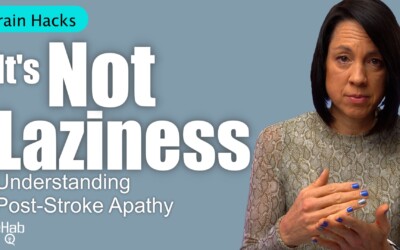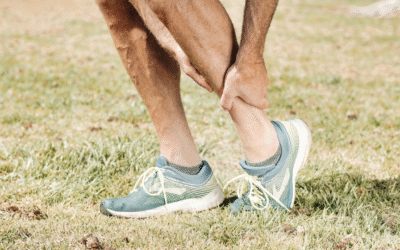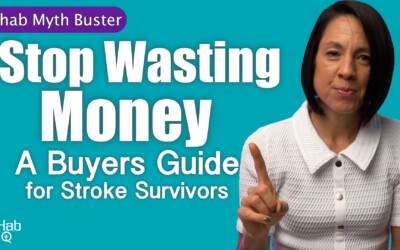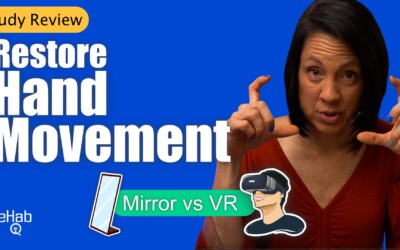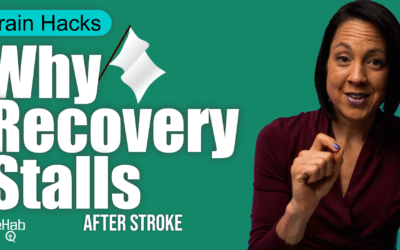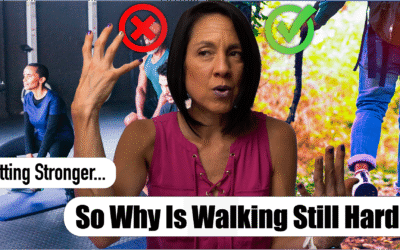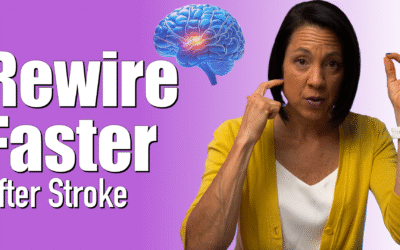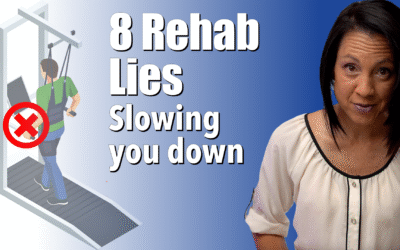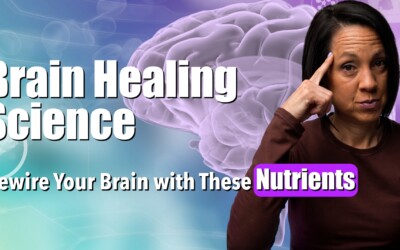About Stroke
Background
A stroke occurs every 40 seconds in the US and is the leading cause of disability. A stroke is when critical blood flow to the brain is interrupted due to damage to the blood vessel (the garden hose that carries the blood to the brain).
What are the two types of stroke?
This can happen in two ways. Either the blood vessel (garden hose) has a blockage (clot) or the blood vessel (garden hose) ruptures.
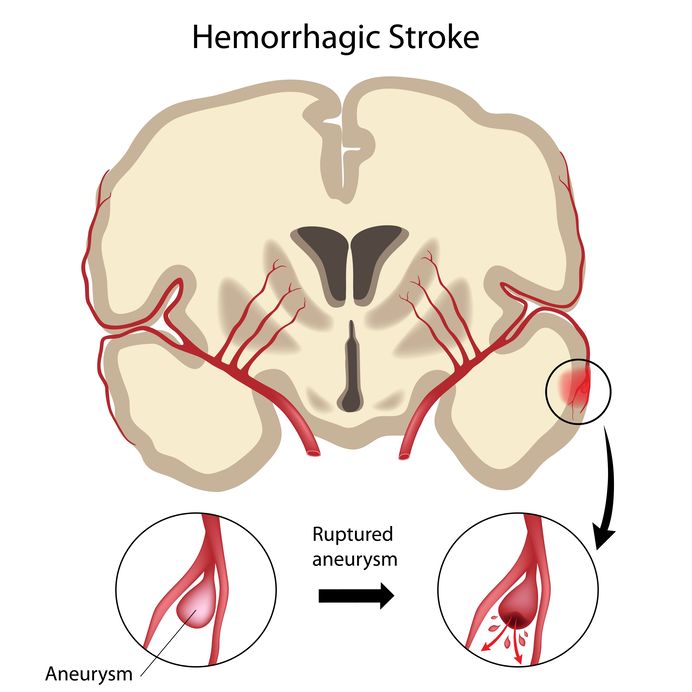
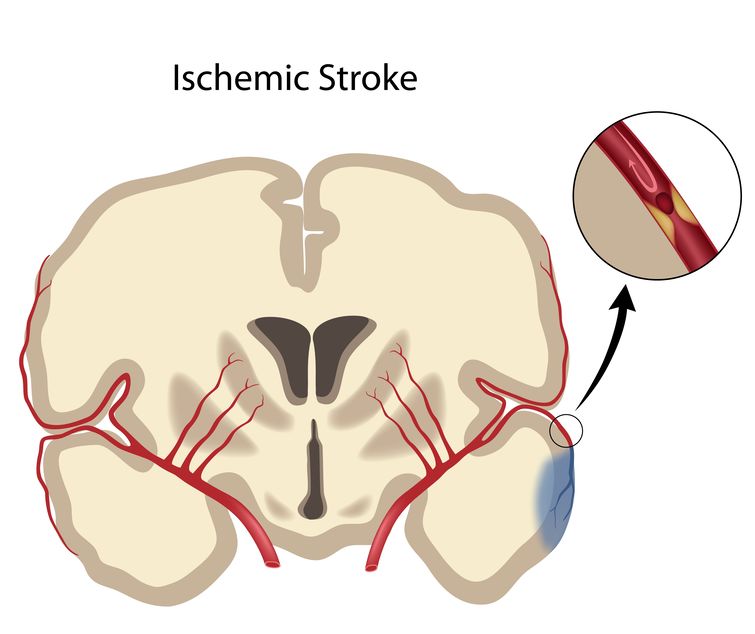
The brain is an amazingly complex and critical organ that controls all of the functions in the body. Blood flow is what keeps the nerves in the brain alive and functioning properly. In other words, blood is the brain’s “food supply”. When blood flow to the brain is stopped (as is the case with a stroke), that “food supply” is cut off. Blood also carries oxygen and therefore the brain becomes deprived of oxygen. This is called hypoxia.
What is excitotoxicity after a stroke?
When cells in the brain become hypoxic, it creates a reaction called excitotoxicity. Excitotoxicity is a process where an overabundance of a neurotransmitter called glutamate leaks out of the neurons. Excessive glutamate leads to excessive calcium infiltrating the cells damaging structures on the inside of the cell. This is very similar to an oil spill. Oil is safe when used in small doses, however, an oil spill causes excessive amounts of oil to flood our oceans. It is this overabundance of oil that ultimately kills wildlife. Glutamate is very similar. It is a necessary neurotransmitter however, too much of it in the brain starts to destroy healthy nerves.
What happens in the first three days after a stroke?
Once you arrive at the hospital, the medical team has to main goals. Remove the clot (if a clot is present) and protect nerves in the brain from further damage.
What are the effects of stroke?
Each area of the brain is responsible for a specific function. Depending on where the stroke occurs
The brain is divided into three main areas
- the cerebrum
- the cerebellum
- the brain stem
Depending on which areas of the brain is damaged by the stroke, will effect the type of disability someone might suffer.
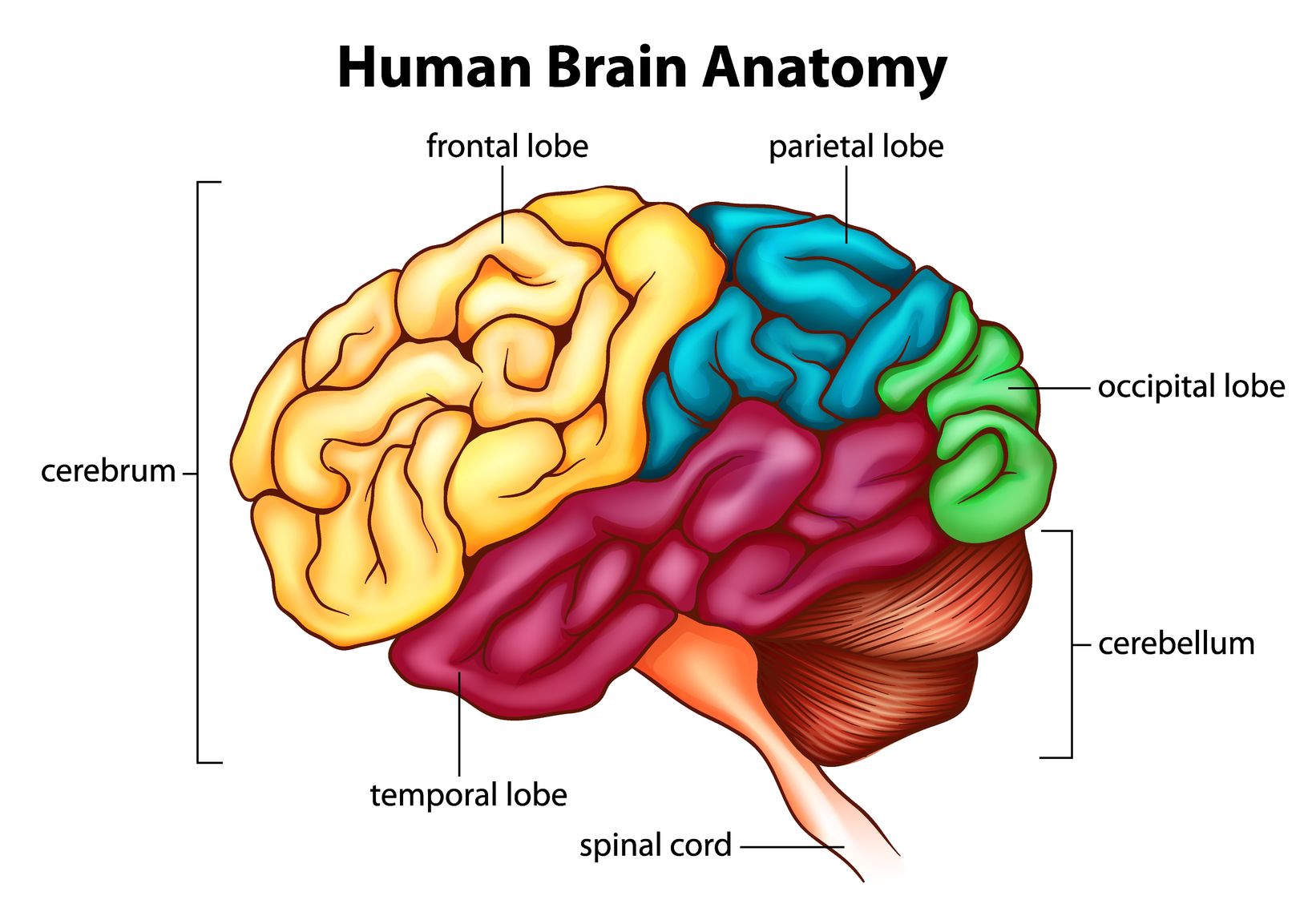
What are the effect of a stroke in the cerebrum?
The cerebrum is located in the front area of the skull and is divided into two hemispheres. The cerebrum control movement, speech, thinking, reasoning, memory, and emotions.
Damage to the cerebrum may result in one or several of the following impairments:
- Movement problems
- Impaired sensation
- Speech and language problems
- Difficulty swallowing
- Cognitive problems (thinking, planning, memory, and reasoning abilities)
- Poor body awareness and proprioception (knowing where the body is in space)
- Bowel and bladder incontinence
- Problems with emotional control
What are the effects of a right side versus a left side stroke in the cerebrum?
As mentioned earlier the cerebrum is divided into a right and left hemisphere. Here are the most common impairments depending on whether a stroke occurs in the right cerebral hemisphere or the left cerebral hemisphere.
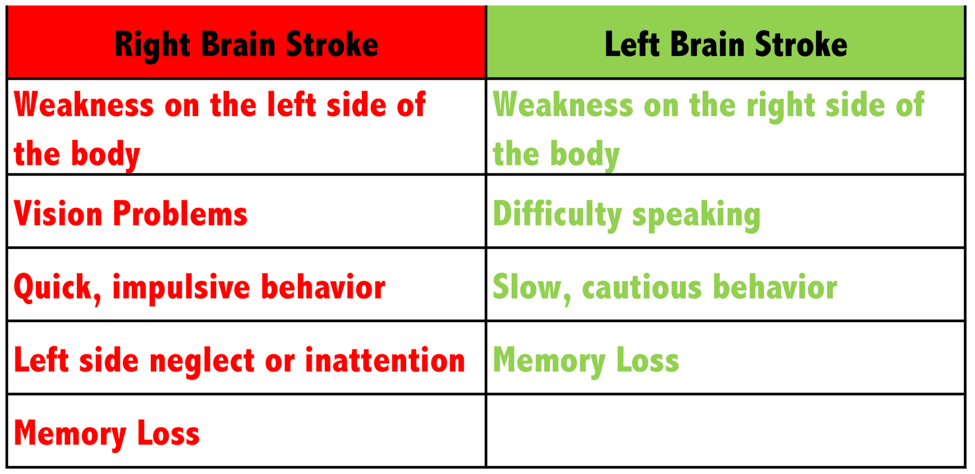
What are the problems associated with a stroke in the cerebellum?
The cerebellum sits in the back of the brain and its job is to coordinate and modulate (fine-tune) movement. It also plays a critical roll in balance. A stroke in this area of the brain is the least common type of stroke. Damage to this part of the brain can cause several impairments:
- dizziness
- headache
- nausea
- vomitting
- double vision
- tremors
- vertigo
- poor coordination
- difficulty swallowing
- difficulty speaking
- uncontrollable eye movement.
What problems can occur with a stroke in the brainstem?
The brainstem is located at the base of the brain and is responsible for vital functions such as breathing and heartbeat. Needless to say, we are dependent on brain stem function for survival. Common problems seen with a brainstem stroke include the following:
- breathing and heart function
- difficulty chewing and swallowing
- temperature regulation
- balance and coordination
- weakness
How long does it take for the brain to heal after a stroke?
Many factors determine how much a person will recover and how long the recovery will take. These factors include a person’s age, co-morbidities at the time of the stroke (other health conditions), initial severity of the stroke impairments, age, type of stroke, and the location and size of the damaged area in the brain. Generally speaking, the majority of motor function gains occur in the first three months. Recovery of visuospatial neglect and orientation follow 5-6 months after stroke, and gains in cognition, memory, and language function may extend months to years after the stroke.
More Articles You May be Interested in:
Stroke Recovery and Apathy: What It Is and How to Overcome It
What’s Really Going On When Motivation Disappears After Stroke Recovering from a stroke is a journey that requires strength, patience, and persistence. But for many stroke survivors, the hardest part isn’t weakness, fatigue, or memory loss. It’s something less visible...
Spasticity or Weakness? Understanding Your Stroke Symptoms
How Can You Tell If It’s Spasticity or Weakness After Stroke? https://youtu.be/3QR9D4rBNhc If you’ve had a stroke, you’ve probably heard a few of these words tossed around: spasticity, weakness, stiffness, foot drop. They might all sound similar, but they each tell a...
Master Ankle Mobility: Exercises for Better Walking
Ankle Mobility Exercises to Boost Balance and Walking Ankle stiffness is one of the most common issues people face after a stroke or any neurologic injury. It can make walking harder, cause your toes to catch, or even affect your balance. But here’s the thing,...
Should You Spend Money on Stroke Rehab Devices?
Are Trendy Rehab Treatments and Devices Worth It? Here's My Honest Take https://youtu.be/T69LavHLdIQ Should you be spending your hard-earned money on all those rehab devices popping up in your social media feed? And if so, which one is actually worth it? The truth?...
Restore Hand Movement After Stroke with Mirror Therapy
Mirror Therapy & VR: Stroke Recovery for the Hand https://youtu.be/OeThZMwJt40 If you’ve lost movement in your arm after a stroke, you’ve probably wondered: “Is my arm just weak, or is something deeper going on in my brain?” That’s not because your muscles forgot...
Stroke Recovery Plateau: What to Do
Why Stroke Recovery Stalls and How to Push Through Recovery may feel stuck, but progress is still possible. Here’s how to keep improving after a plateau. https://youtu.be/w6xZZpx7tDY Recovering from a stroke or neurologic injury can feel overwhelming. Walking,...
Why Your Stroke Exercises Aren’t Helping and How to Fix It
Stroke Recovery Tips: When Exercises Don’t Seem to Work https://youtu.be/9r06T9gtsYc Is it possible to be making progress after a stroke or neurologic injury and still feel like your movement is getting stiffer, heavier or just plain harder?Absolutely. And let me tell...
Boost Stroke Recovery: 3 Brain Habits That Actually Work
Want to Rewire Your Brain Faster After Stroke? Try These 3 Habits https://youtu.be/iFcjDtHrrwM If you’ve been on this neuro-recovery journey, you know it can feel like progress is slow. You do your exercises, you follow instructions, but sometimes your brain seems…...
Stroke Recovery Myths Debunked: The Truth About Healing
8 Neuro Rehab Myths That Are Holding You Back (And What to Do Instead) Debunking Common Myths About Neurologic Recovery https://youtu.be/chTfi1d5kn4 If you’ve ever been told that your recovery after a neurologic injury has an expiration date, or if your physical...
Best Foods for Brain Healing and Mental Clarity
Brain Recovery Nutrition How Diet Fuels Healing and Focus https://youtu.be/P5UJMJJRVdw When it comes to stroke recovery, exercise and rehab often take the spotlight. But what if the foods you eat and the nutrients inside them could also play a powerful role in healing...

